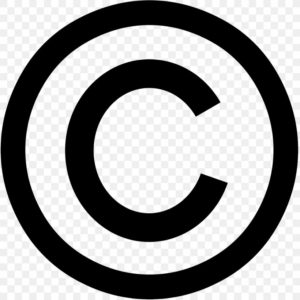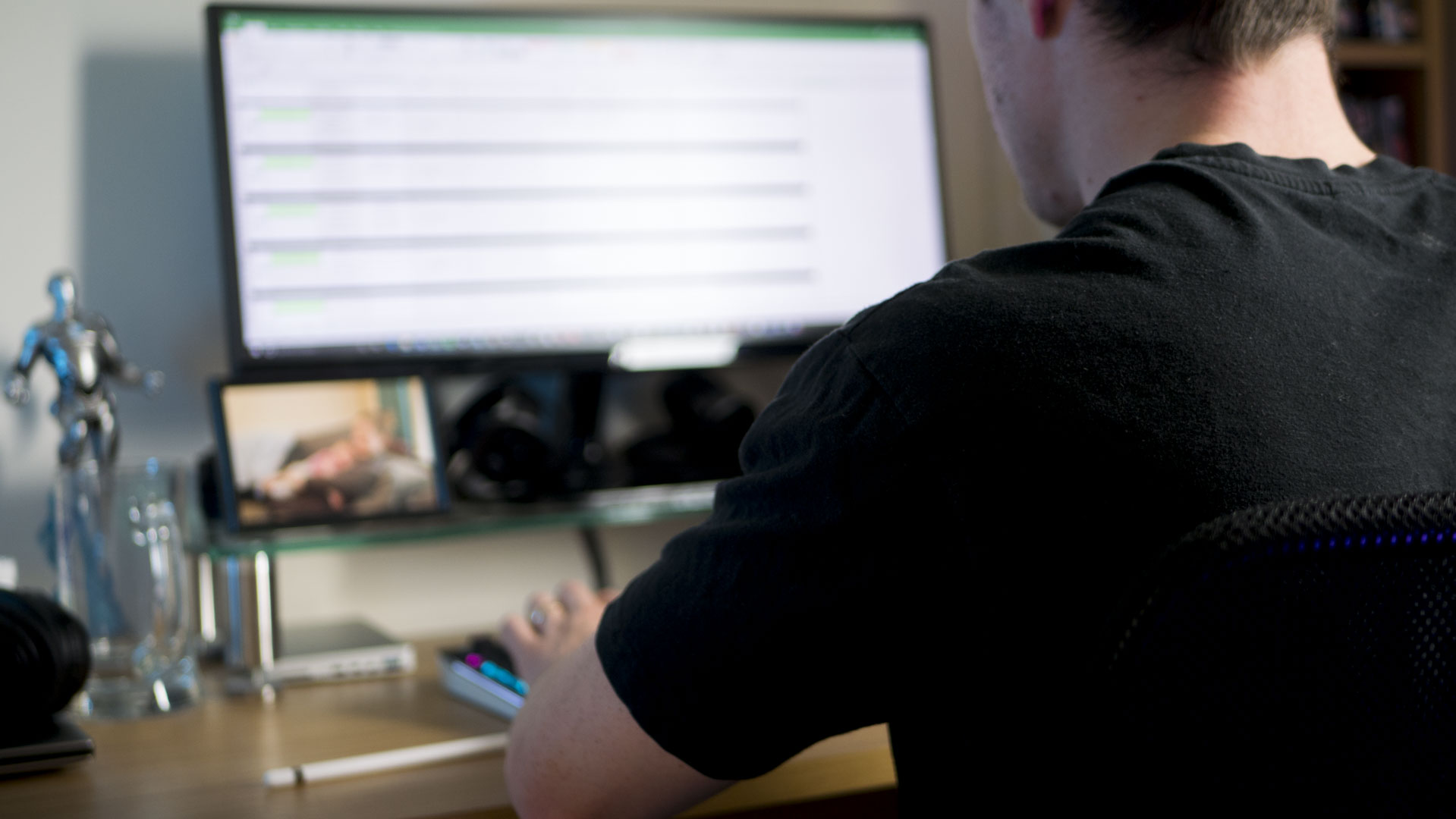Starting a business can be a frightening prospect for a great many reasons; which is why so many people end up putting it off indefinitely. There’s the financial risk, the potential embarrassment that could come from failure, the “imposter syndrome.”
The last thing you need then is the worry that someone is going to steal your idea before you can even turn it into a real business.

But how do you stop someone copying your new website or app? How do you present an invention to an investor without them simply manufacturing it themselves? That’s where intellectual property law comes in, and it’s something every entrepreneur should familiarize themselves with.
Table of Contents
Intellectual property rights: the basics
Intellectual property law aims to protect ideas so that the people who come up with them can profit. But there is a fine line to walk because this then runs the risk of introducing a monopoly.
What if one person patented the cure for cancer, and then charged a billion dollars for a shot? What if a big company went and copyrighted every single adjective in the dictionary?

And what if big companies chased after small YouTubers for using a 2-minute clip of Superman in one of their videos? A lot of creativity and ingenuity involves building upon the ideas of others, after all.
Thus, intellectual law needs to follow strict rules and regulations and needs to be limited in scope.
To this end, there are a few major options for someone looking to protect their work, each of which is relevant to specific circumstances.
Each of the major options is described in detail below.
Patent
For physical products, the most suitable form of intellectual property protection is a patent. This is what Apple and Samsung have infamously fought over so publicly in the past, and it’s also what drug companies use to protect their treatments and cures.

Patents come in two different forms. A utility patent protects the method of execution, whereas a design patent protects the way a product looks and interacts with the user.
[quotenew qtext=”You use a utility patent to protect the innovations that made your product unique.” qposition=”center” qcolor=”color3″]
Note that neither type of patent protects the idea itself. To demonstrate this, consider that the inventor of the chair could not patent “something you sit on,” but could get a utility patent for “something you sit on with four legs and a back.” This leaves the door open for competition to come in and offer an alternative to tired customers, such as the stool perhaps.
As an inventor, you use a utility patent to protect the engineering innovations that made your product unique.
A good example of a design patent is the modern smartphone. Whether or not the “square screen inside a square chassis” constitutes an original design is a discussion that turned out to be an expensive question for Samsung and Apple! But if a phone from another manufacturer, looked exactly like an iPhone, then Apple would certainly be able to sue.
International patents
Getting a patent is a complex, expensive, and slow process, however. Even if you are successful, your ideas will only be protected in certain regions. This is why you might still find knock-offs of a patented product being sold overseas in countries like China.
To combat this, The Patent Cooperation Treaty is an agreement designed to aid applicants in gaining international protection. This makes it easier for patent offices in different countries to grant their decisions and lets you applicants apply for patents in 148 different countries via a single application – through each need to be paid for separately.
Though useful, this can be costly for small start-ups. If you plan to sell internationally, it pays to be strategic about which countries you’re going to apply for under PCT, and only apply to countries that protect patent possession.

U.S. patents
Even a U.S. patent can be expensive, with a filing fee and additional charges per page. The final cost can range from $900 to $10,000 depending on complexity and other factors.
Many entrepreneurs will require the help of an intellectual property lawyer to ensure that their patent applications contain all the relevant details. This ensures that the idea is available for the patent in the first place, too!
There’s also the danger of a patent failing to protect the design if the claim is not powerful enough for example. A claim describes precisely what is and isn’t covered by a patent and can be likened to the boundaries for real estate. In other words, claims define at which point someone is “trespassing” and at what point you’re able to step in. These go at the end of a patent file and in many ways are the most important aspect.

Even with this significant cost, patents are relatively limited in their duration and scope. A U.S. utility patent is usually granted for 20 years, while design patents typically last for 14 years. This is what prevents the drug monopoly situation that we described earlier.
Provisional patents
Entrepreneurs can gain some protection over an idea quickly by using what is known as a provisional patent. A provisional patent (technically a provisional patent application) is essentially a one year delay on a non-provisional, regular patent. These types of patents don’t need claims and don’t have many of the other formal requirements either. However, they still feature the same in-depth description as a regular patent, and the person filing still needs to be able to teach others how to make the invention.
[quotenew qtext=”The person filing still needs to be able to teach others how to make the invention.” qposition=”center” qcolor=”color3″]
Applying for a provisional patent provides time to decide between a patent and trade secret, and it creates the filing date for protection. Before exposing the idea to the public, the start-up can use a provisional patent to gain the earliest possible protection. A year later, you can then decide to file for a full patent or to save the information as a trade secret. Either way, you’ll be able to claim you have “patent pending” as soon as your provisional is filed.
Copyright
Copyright law is less likely to apply to inventors and has more to do with creative works. This is used to protect stories, writing, music, and even code to some extent. Programming is a relatively fuzzy middle-ground, with patents being more applicable in some unique circumstances.
A copyright protects creative pursuits and comes into effect the moment you complete something. So, if you write a blurb for your new product, that blurb will be immediately protected under copyright law and you can threaten legal action if someone publishes it against your will.
What this also means, is that you can’t just take an image from Google Images and use it in your packet design or on your website – even if that image is just a photo a stranger took on holiday.

A copyright lasts for 70 years following the death of the author. This is why certain characters such as Sherlock Holmes are now in the public domain (meaning free from copyright). Copyright can be transferred, however, which is how companies like DC and Marvel have been able to hold onto the rights to characters like Superman and Spider-Man.
Registering your copyright
The main challenge with copyright is in proving that the idea was yours originally, and this is why a company might choose to apply for registered copyright. Electronic registration at www.copyright.gov will cost $55 for basic claims.
Should you find that someone is infringing upon your copyright, then you can file a cease or desist letter, requesting that they remove references to your work. However, there are certain circumstances where it is permissible to use copyrighted work. These fall under the category of fair use. Fair use describes the use of copyright that is limited and transformative, normally described as “commentary and criticism” or “parody.” An example might be if a documentary about an actor were to include short clips of some of their films.
[quotenew qtext=”There are certain circumstances where it is permissible to use copyrighted work” qposition=”center” qcolor=”color3″]
This is a concept that entrepreneurs on the other side of the fence also need to be familiar with. If you are using images and video clips in your content, you need to do your due diligence and ensure that you have the legal right to do so! This is a topic that has many complex facets to it, especially concerning YouTube where Google also needs to protect itself legally, using automated systems to sift through gigantic amounts of video content!
Trademark
A trademark is a name or image (a “mark”) that a company or person owns. Most often, this is the name that you trade under and which can be used to identify your business or your products. That might mean your company name, product names, or even a branch of your business. Microsoft is a trademark for instance, but so is: Windows, Xbox, and Surface.
[quotenew qtext=” Trademarks are relatively easy to acquire and will set you back a few hundred dollars.” qposition=”center” qcolor=”color3″]
I have a trademark for my business and a website. To acquire them, I first had to search a database to ensure the names weren’t already in use, and then I had to describe the use of the names as described by several strict categories.
Trademarks are relatively easy to acquire and will set you back a few hundred dollars, which protects you for 10 years. However, you also need to file an affidavit between the 5th and 6th years to demonstrate the patent is still in use. This is why studios like Fox have historically been so set on regularly releasing films in major franchises – to ensure they still control the rights to those characters!
Other forms of protection
While these are the major forms of official intellectual property protection, there are still other options for those that wish to keep their ideas safe.
Trade secrets
As mentioned, companies and individuals have the option of keeping a trade secret rather than applying for a patent. This is useful where the idea fails to meet patentability criteria, or where a creator lacks the funds to apply.

A trade secret is an idea that is protected without registration, meaning that it is up to the company/individual to guard it. However, there are still criteria that must be met: for instance, a trade secret should be secret; meaning that the information is not readily available. It must also have commercial value, and reasonable steps must have been taken to control the data.
If an idea is classified as a trade secret, it will be entitled to certain legal protections. In particular, unauthorized acquisition or disclosure of a trade secret may result in legal action.
NDA
An NDA is a “Non-Disclosure Agreement.” This is a contract used to prevent others from talking about your ideas, which in turn means you can speak freely with business partners and employees about your projects.

If you need to hire a service to handle your marketing or web design, then you might request that the provider sign an NDA first to ensure they don’t simply build your website for themselves! Likewise, some protective creators will require angels and other investors to sign these before speaking at length.
Being first
These days though, many serious companies and start-ups won’t use NDAs. You risk looking unprofessional if you push this too strongly!
[quotenew qtext=”Ideas are in no short supply.” qposition=”center” qcolor=”color3″]
As a rule, the people you consult with have their ideas and plans and aren’t bent on stealing yours! When someone tells me they have an idea for an app but they can’t tell me what it is, I roll my eyes hard.
Ideas are in no short supply – it’s the ability to see them through to completion that matters. An investor is likely much more interested in your tenacity, know-how, and inventiveness, rather than your specific ideas!

The best protection for an app or a website is often simply to do it first and do it best. Don’t fall into the trap of spending huge amounts of time and money chasing patents and trademarks before you have verified your idea. Many entrepreneurs use intellectual property law as a handy excuse to put-off actually launching their business!
Just get out there and do it. No one will remember the imitators!
